

 Credit: Google
Credit: Google
After its release in 2004, gamers were spoiled by the greatness of Grand Theft Auto San Andreas. After that game came two filler games that added to the franchise, but were not true sequels. The next real step in the Grand Theft Auto franchise journey was to be GTA IV in 2008. Rockstar had, by that time, shown themselves to be the master of the open world action adventure game genre and they had succeeded in innovating and expanding in each consecutive major release. Naturally, fans expected something special from GTA IV and especially more so because it was being released on the new Playstation 3 and Xbox 360 consoles. The new hardware promised a great deal and they delivered. The improvements graphically were astounding and the new Euphoria game engine also gave a step up in quality.
Grand Theft Auto IV hit the stores and immediately started smashing records. Sustained, complex, and targeted multimedia marketing was once again a feature of Rockstar’s pre-launch activity. A massive amount of innovative advertising was drip fed to the public and they lapped it up until they were in the similar frenzy to that of the San Andreas release. People wanted the game and the entertainment industry knew it. For the first time, Hollywood was deconflicting release dates so that a video game wouldn’t steal some of the expected revenue. If San Andreas hadn’t proved that the gaming industry was big time, then GTA IV certainly did. The scale of the release was massive.
On arriving in Rockstar’s latest incarnation of Liberty City, players were greeted with a much more visceral scene. The city streets were dirty, the lighting was authentic, and the weather effects really made you feel as if you were standing in the freezing cold, driving rain on a wintery New York day. The main protagonist; Niko Bellic, would often be seen rubbing his hands together to generate warmth or shaking the rain water off his clothes. The little features that had made the franchise what it is were once again present. The player could proceed through the game completing the missions in order to complete the story side of the game or he could simply wander the streets exploring the vast metropolis. There was even a television feature that offered the opportunity to sit in a safe house and flick through the channels. The amount of shows was limited, but the content was yet another thing that could entertain you. It was somewhat surreal to be sat in your chair watching a TV screen in real life while sat in a chair watching a TV in the game and the shows also seemed rather sarcastically satirical, but Rockstar had given us yet another interesting feature to uncover. On top of the television channels we were also given over 100 websites to surf in internet cafés. Again these were parodies of many real websites and while innovative and extensive, they had the same sarcastic satire that saturated much of the ambient atmosphere of the game. Players could spend hours reading the web content, but many found the feature to get old very fast due to the lack of interaction available. Almost all of the services and links led nowhere, so even though the internet feature was mildly entertaining, it was really only an aesthetic feature.
 Credit: Google
Credit: Google
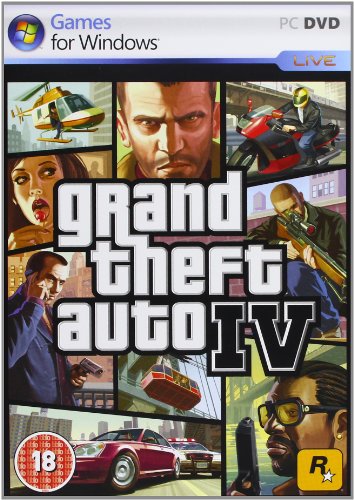 Grand theft auto IV (PC)
Grand theft auto IV (PC)The Grand Theft Auto franchise was as equally renowned for its soundtrack as it was for its many other characteristics. GTA IV went away from the previous Rockstar vogue of having era themed soundtracks and instead chose to have an extensive playlist of modern music along with music that went back as far as Jazz. Of course there were specialized music channels such as The Beat 102.7 that played Hip-Hip and Rap, The Journey that played Ambient chilled music, and Tuff Gong Radio that played Dub Reggae. The full list boasted over 200 tracks played over 19 radio stations. Talk radio was again included and it was, once again, an entertaining addition to the soundtrack.
A major change in form from previous games was the lack of major TV and movie stars from the cast. Some well known names were included, but there were none on the scale as those from previous games. Comedians Ricky Gervais and Katt Williams had features on radio and in cabaret shows and Star Trek: The Next Generation’s Wil Wheaton had a small part on one of the television stations. Such cameos were common in GTA IV, with fairly well known stars making brief appearances, but there were no star voices for the main characters like Samuel L Jackson’s Officer Tenpenny in GTA San Andreas or Ray Liotta’s Tommy Vercetti in Vice City.
In truth much of GTA IV felt like a step backwards by the franchise. The next generation console had given us a much better experience in terms of graphical representation, but many of the new features added by Rockstar were aimless. We had been spoiled successively by each new title in the series, but GTA IV seemed to fizzle out as the game progressed. The non-linear nature of GTA San Andreas seemed like a much more free experience, even though GTA IV was just as open. The game still managed to impress even through such issues. Sales were massive and it firmly seated its self at the top of the genre once again. The Playstation 3 and Xbox 360 never saw another game, designed specifically for it, that had such success. GTA IV was a worthy advancement of the GTA franchise, and one that even today stands the test of time.
 Grand Theft Auto IV Signature Series Guide (Bradygames Signature Guides)
Grand Theft Auto IV Signature Series Guide (Bradygames Signature Guides)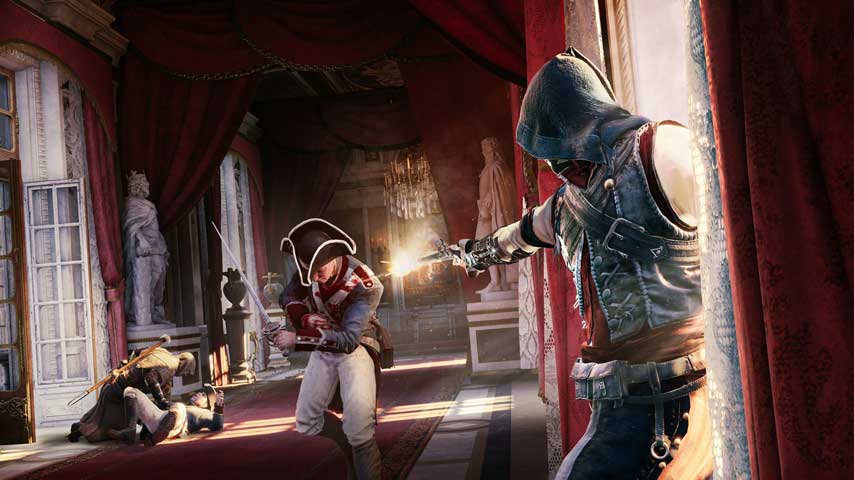

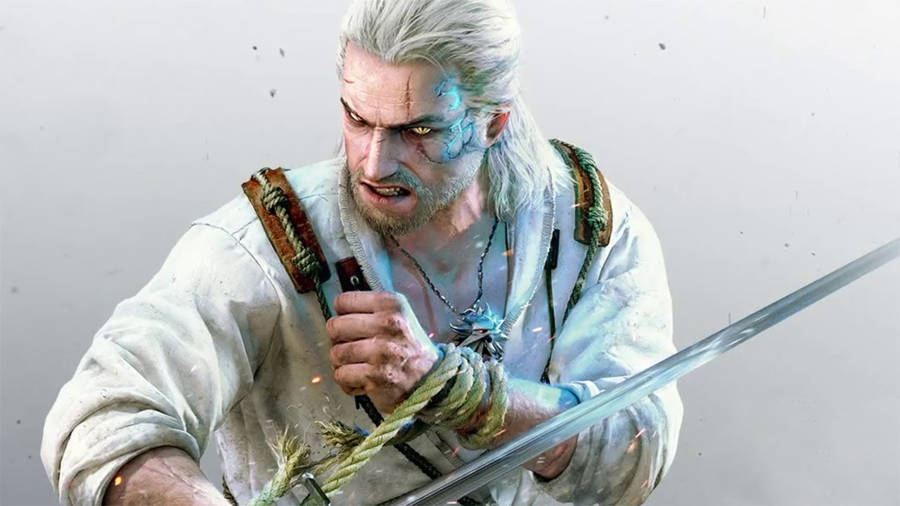
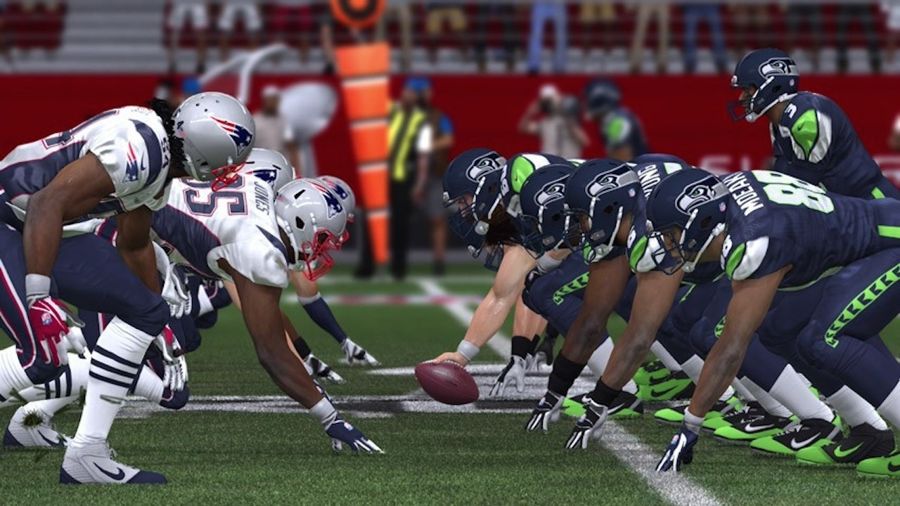
 No More Room in Hell. Weapons - hard numbers - AlterGamer
No More Room in Hell. Weapons - hard numbers - AlterGamer A solution on How to run non-Unicode games on your computer – using the AppLocale program
A solution on How to run non-Unicode games on your computer – using the AppLocale program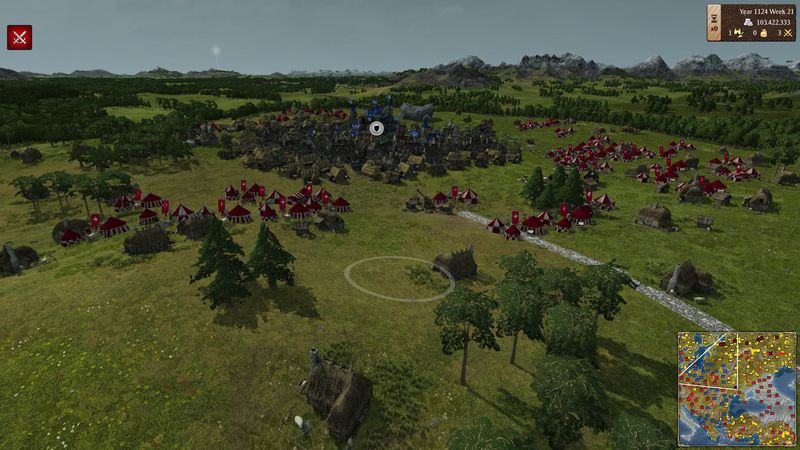 . Plays, 10th October, 2015
. Plays, 10th October, 2015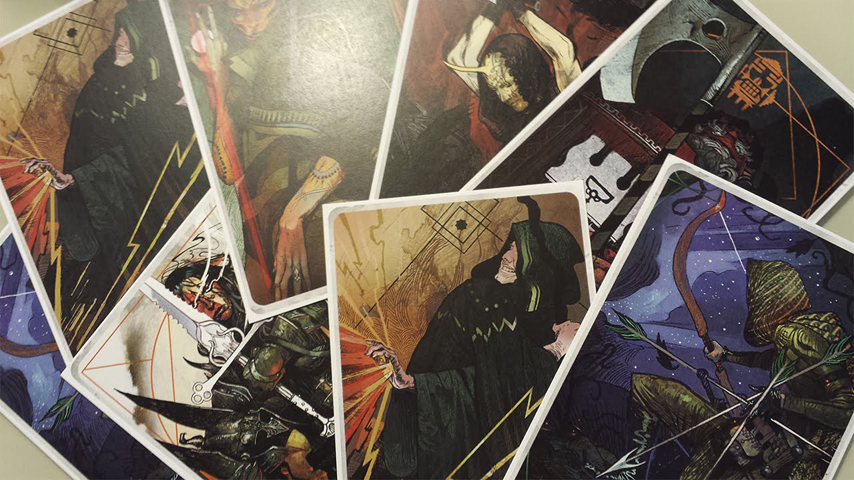 How and why Dragon Age: Inquisition character tarot cards change
How and why Dragon Age: Inquisition character tarot cards change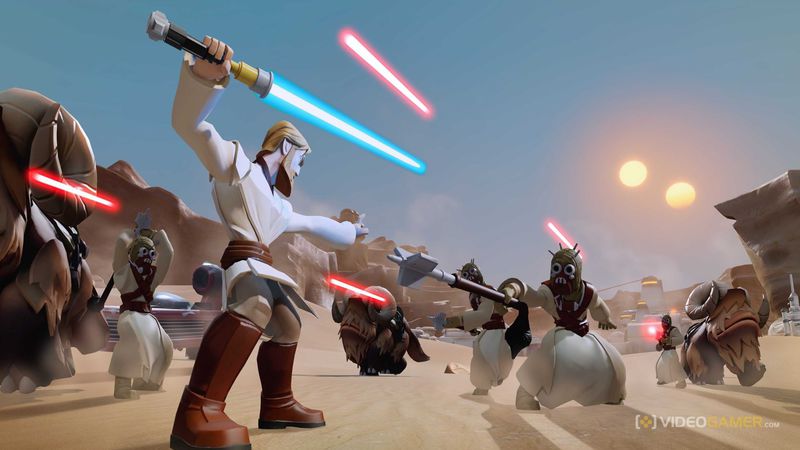 . Plays, 5th September, 2015
. Plays, 5th September, 2015